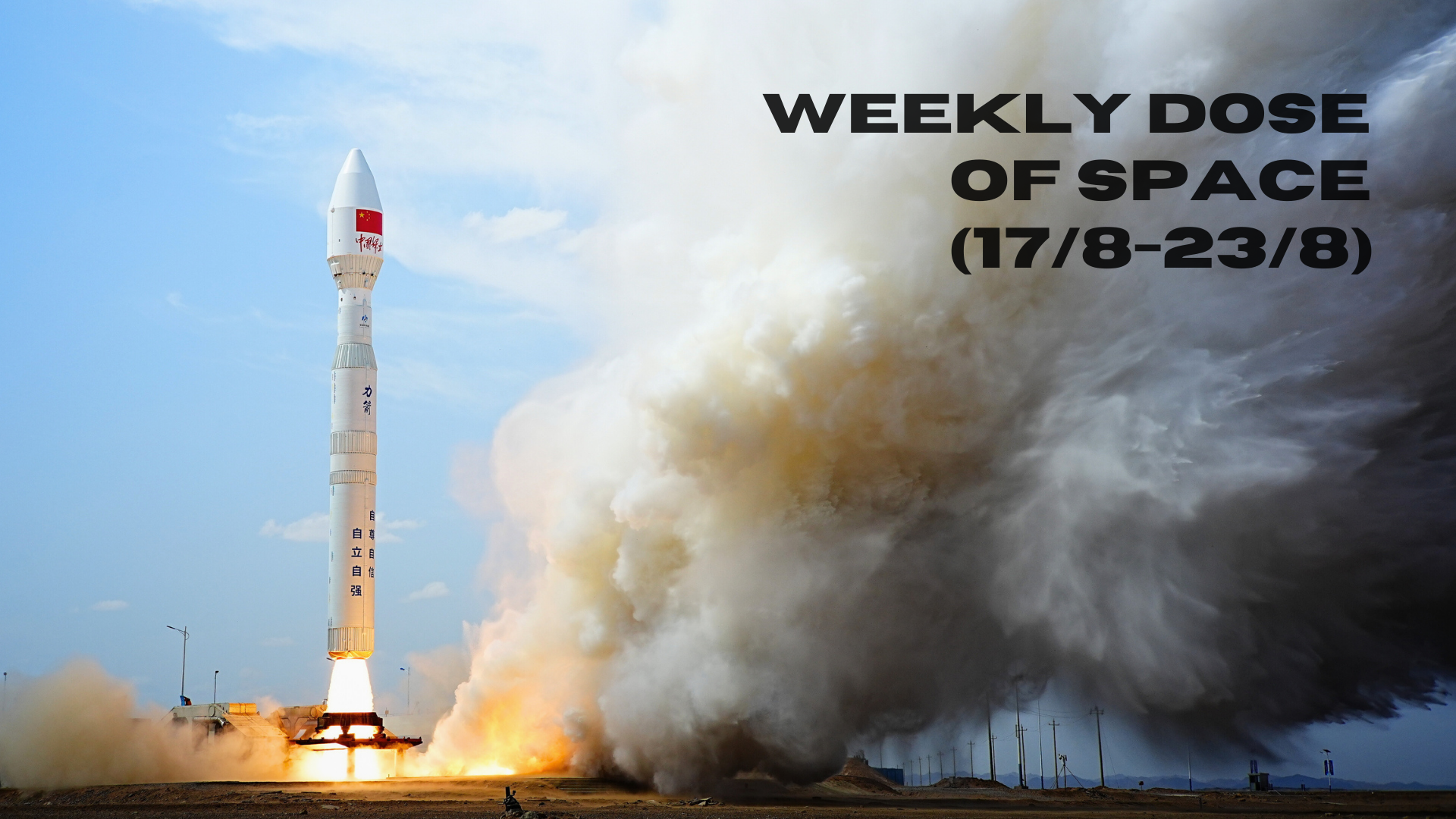Table of Contents
Welcome back to Weekly Dose of Space! This week saw nine launches worldwide, using a variety of rockets. News from the week had discoveries around Uranus, final hardware deliveries for Artemis II, and a space agency change over in Europe. As always, we'll also look ahead to what the worldwide launch schedule might look like next week.
Launches This Week
August 17th - Long March 4C with Shiyan-28B-02
Out of the Xichang Satellite Launch Center, a Long March 4C flew into low Earth orbit carrying the Shiyan-28B-02 satellite. The satellite is expected to work with its counterpart, Shiyan-28B-01, for space environment monitoring and detection as well as related technical tests.
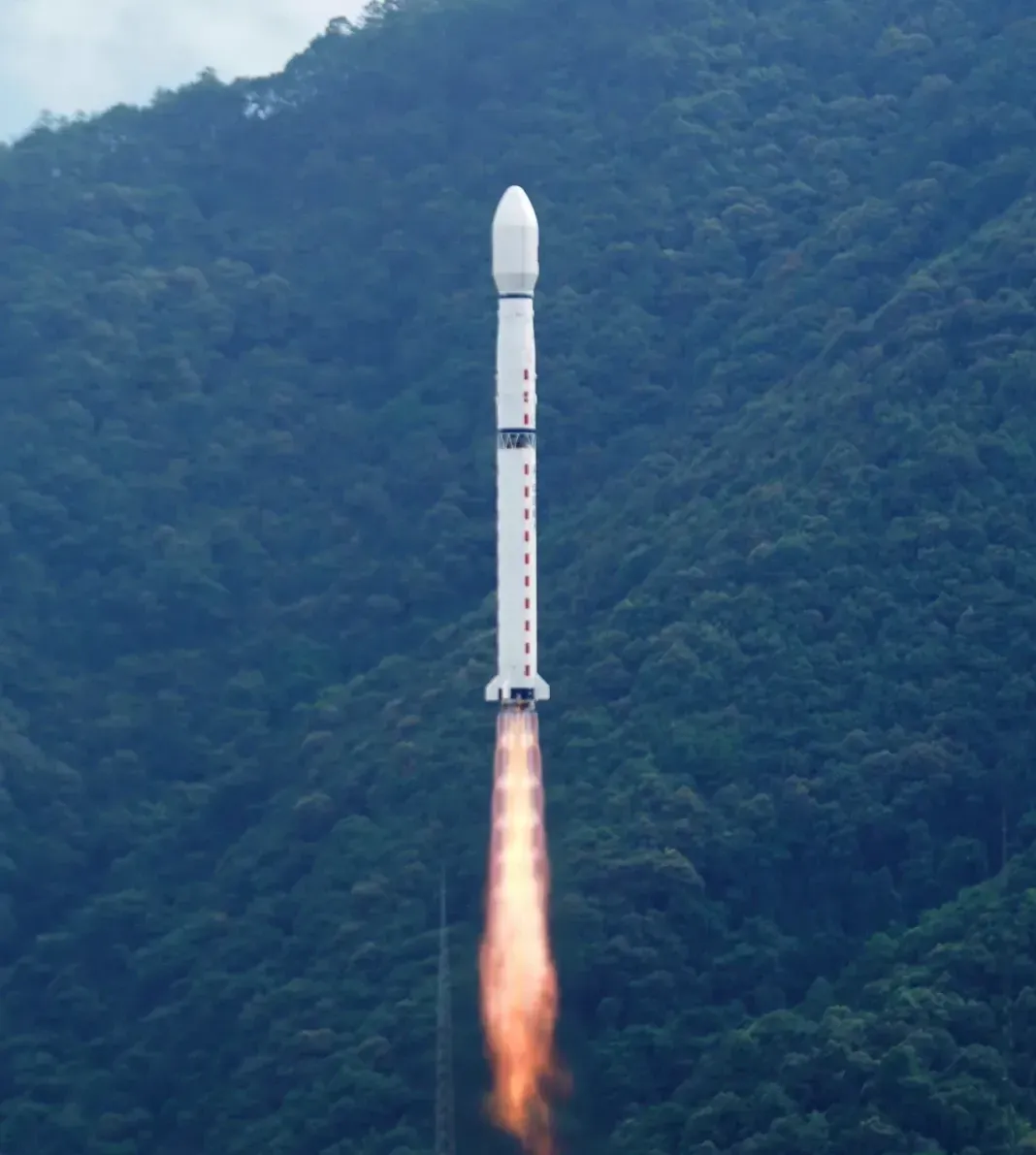
August 17th - Long March 6A with GuoWang Group 09
Five satellites for China's GuoWang mega-constellation were launched to a near-polar orbit atop of a Long March 6A from the Taiyuan Satellite Launch Center. This launch brings the constellation up to 72 satellites in orbit.
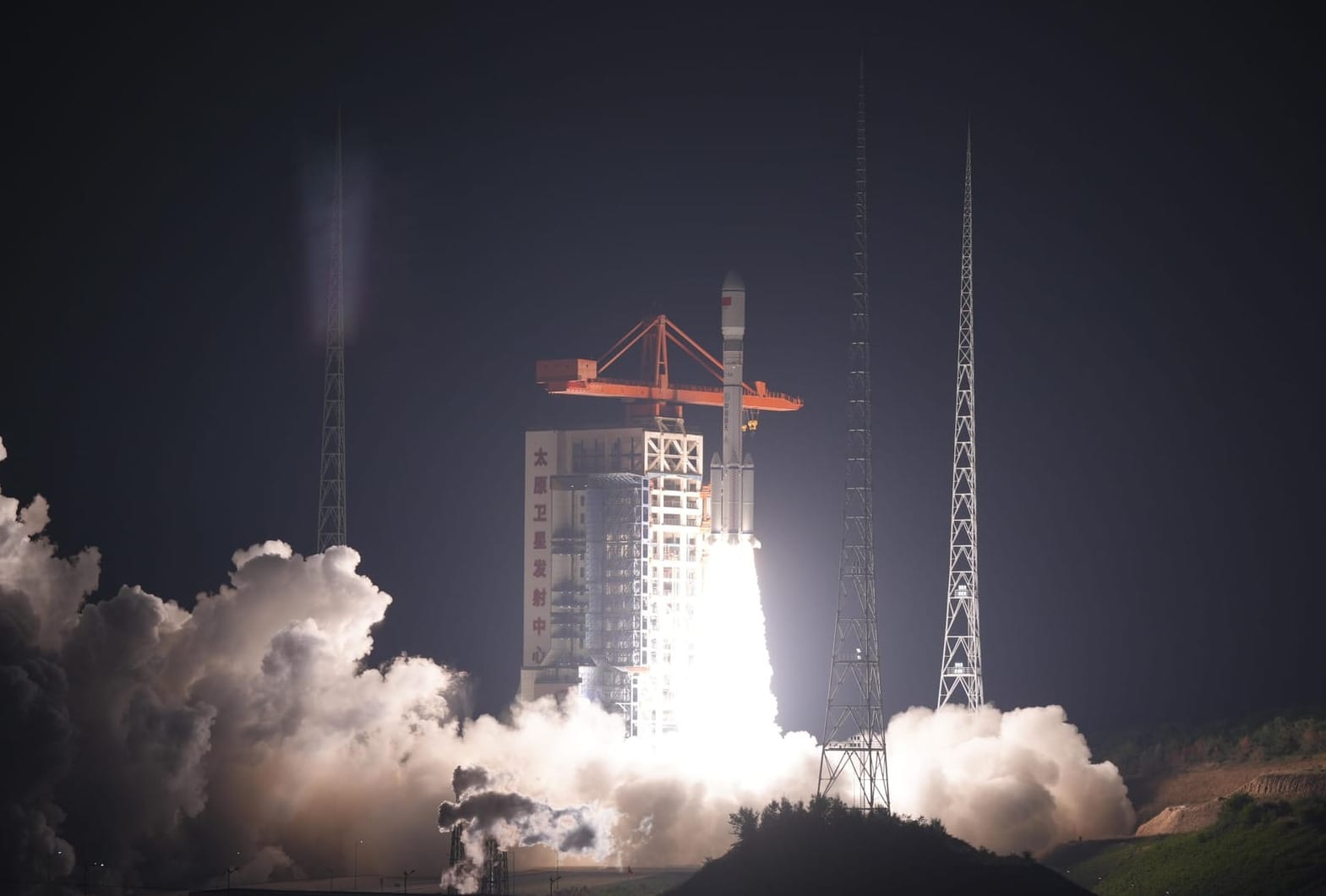
August 18th - Falcon 9 with Starlink Group 17-5
Twenty-four Starlink satellites were sent into low Earth orbit via a Falcon 9 flying from Space Launch Complex 4E, in California. Booster B1088 supported this mission for its ninth flight, landing downrange on the drone ship 'Of Course I Still Love You'.
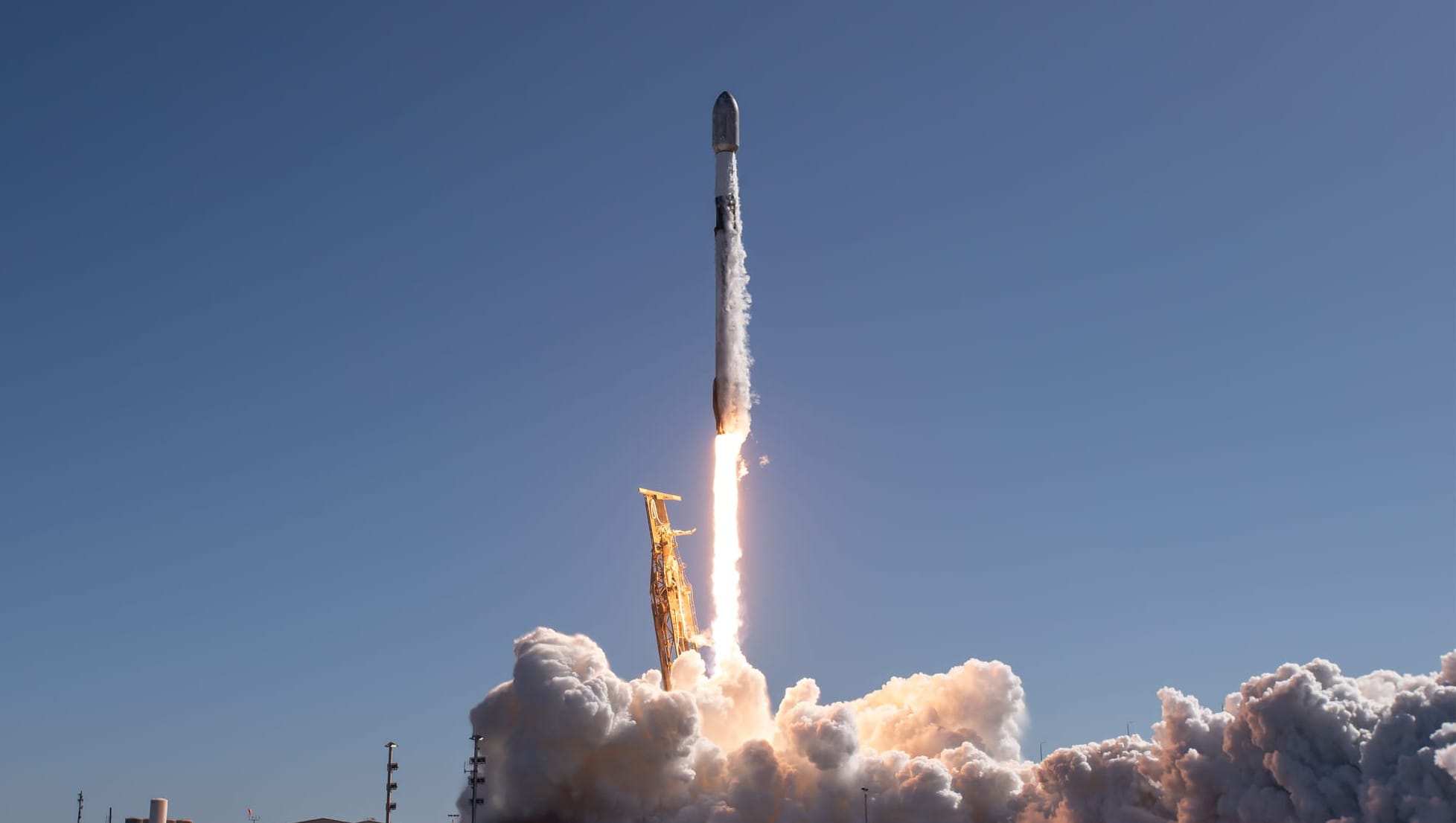
August 19th - Kinetica-1 with seven satellites
CAS Space's Kinetica-1 flew into sun-synchronous orbit from the Jiuquan Satellite Launch Center, carrying seven customer satellites. Two of those were ThumbSats from Mexico for space education outreach programs, while the rest were remote sensing satellites, AIRSAT-05, Tianyan-26, as well as three Duogongneng Shiyan-2 spacecraft.
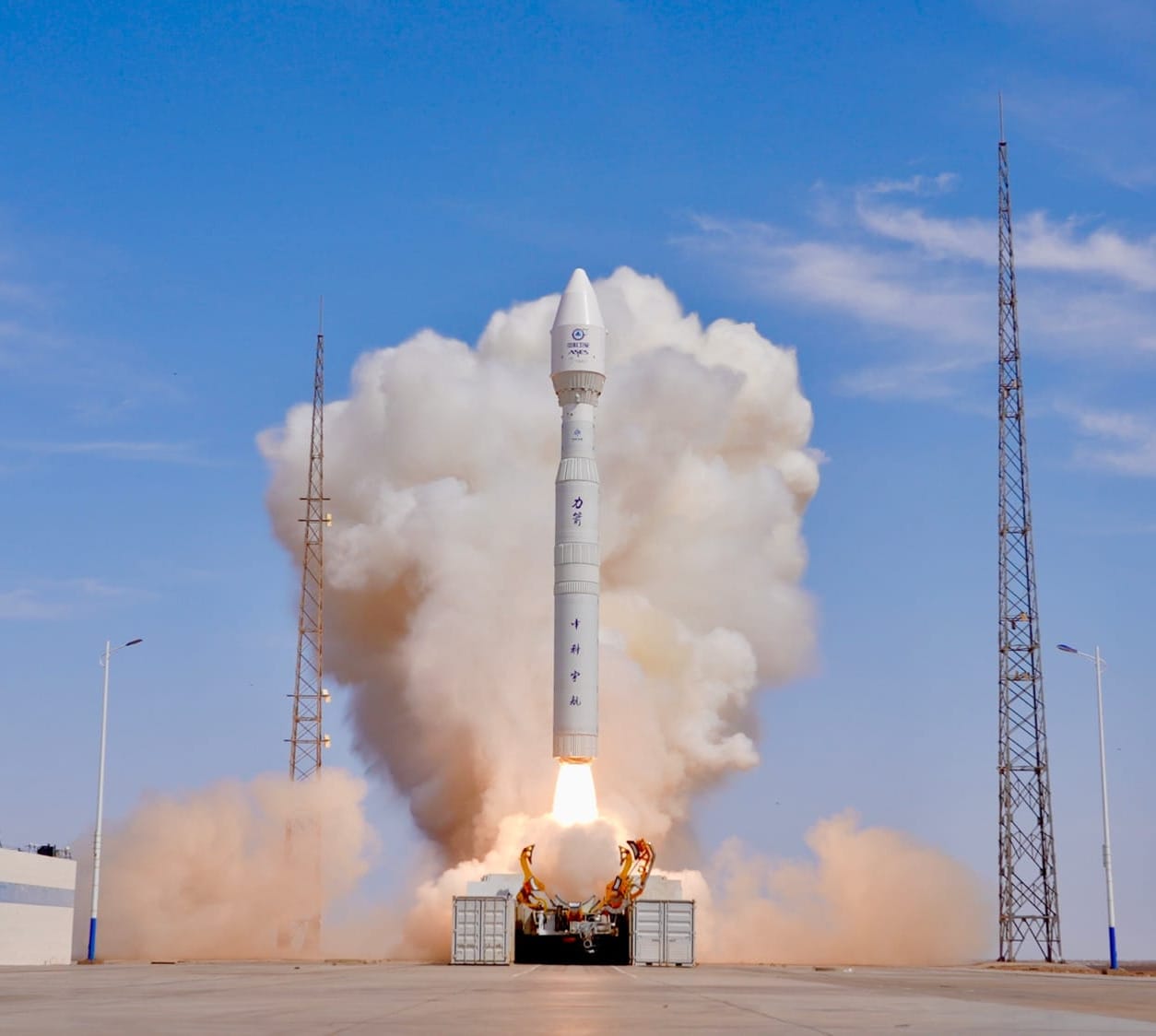
August 20th - Soyuz 2.1a with Bion-M No. 2
A Soyuz 2.1a launched from the Baikonur Cosmodrome carrying a recoverable satellite carrying various experiments and instruments to low Earth orbit.
August 21st - Angara 1.2 with a Cosmos spacecraft
An Angara 1.2 blasted off from the Plesetsk Cosmodrome carrying a classified payload into Earth orbit.
Today's launch of Angara-1.2 from Site 35/1 of Plesetsk cosmodrome https://t.co/3tEkcsvyjO pic.twitter.com/zJueh95Fwl
— afec7032 🇷🇺 (@robert_savitsky) August 21, 2025
Angara 1.2 lifting off from the Plesetsk Cosmodrome, via robert_savitsky on Twitter.
August 22nd - Falcon 9 with USSF-36
From Launch Complex 39A, in Florida, a Falcon 9 flew into Earth orbit carrying the U.S. Space Forces' secretive X-37B spaceplane into Earth orbit. Supporting this mission was booster B1092 for its sixth flight, landing back at Landing Zone 2 in Cape Canaveral afterwards.

August 22nd - Falcon 9 with Starlink Group 17-6
Another twenty-four Starlink satellites were sent into low Earth orbit atop of a Falcon 9 flying from Space Launch Complex 4E. Booster B1081 supported this mission, flying for the seventeenth time and landing on the drone ship 'Of Course I Still Love You' downrange.
August 23rd - Electron for 'Live, Laugh, Launch'
Rocket Lab's Electron flew from Launch Complex 1A, on the Māhia Peninsula, carrying five satellites into a sun-synchronous orbit. Four of those satellites are on confidential missions, but one of them was EchoStar's Lyra-2 Internet of Things spacecraft.

In Other Space News
Final part for Artemis II arrives
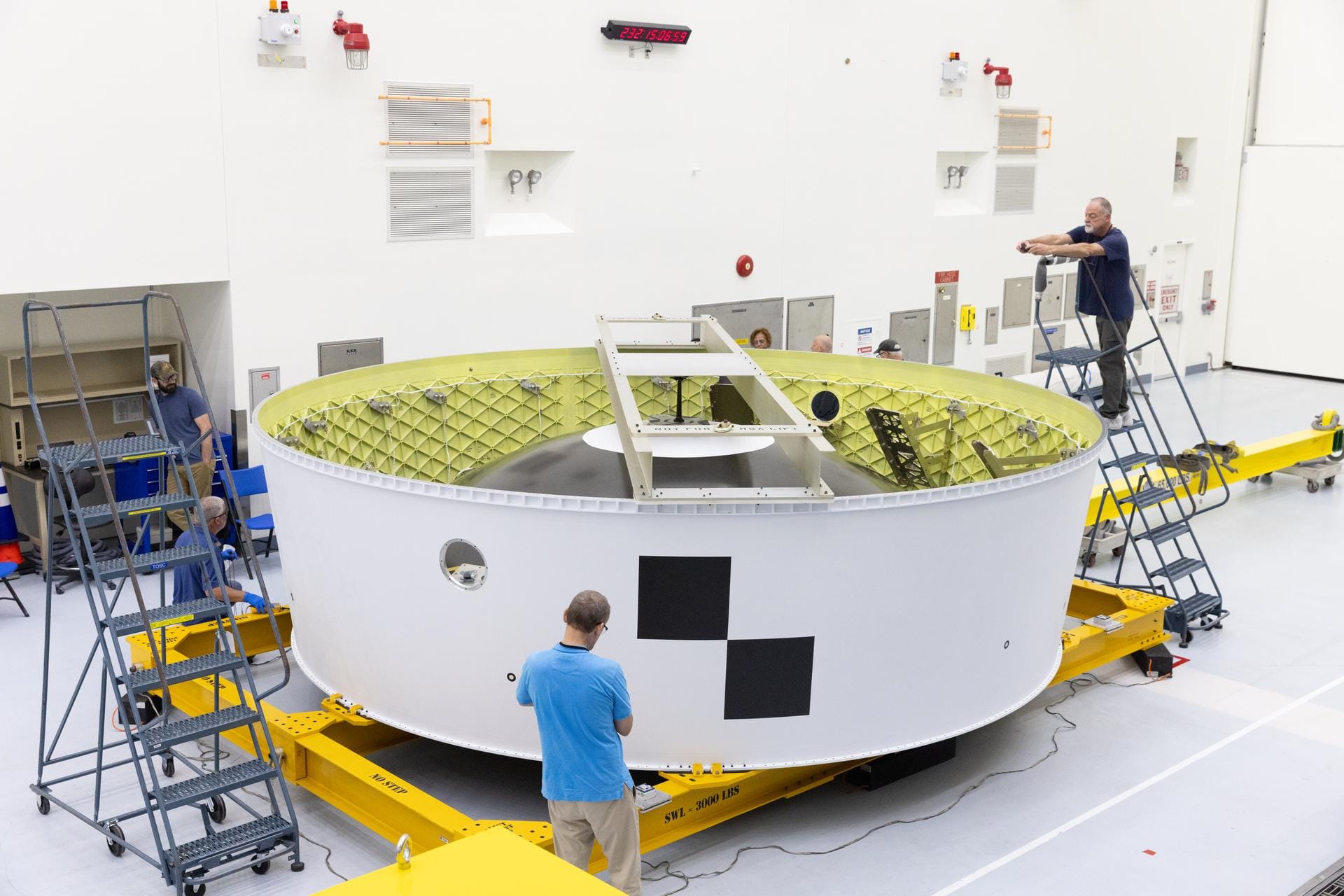
On August 21st, NASA shared that Orion's stage adapter arrived at the Kennedy Space Center in Florida, from the Marshall Space Flight Center in Alabama, after a trip covering nearly 700 miles. The stage adapter is the final piece to be delivered ahead of the Artemis II mission.
Built of lightweight aluminum, the stage adapter for Orion is 1.5 meters tall and 5.4 meters in diameter to allow the spacecraft to be placed atop of the Space Launch System's Interim Cryogenic Propulsion System for launch and Moon-bound burns. Along with allowing Orion to be positioned at the top of the rocket, the stage adapter also protects the spacecraft from potential fuel or gas leaks with its diaphragm inside. Free space inside the adapter is also utilized by any CubeSats riding along for Orion's mission; four are set to be onboard for Artemis II.
At present, the Artemis II mission is set to fly no later than April 2026 for a ten-day mission around the Moon on a free-return trajectory to verify the Orion spacecraft for its first crewed mission. Flying on board will be NASA astronauts Reid Wiseman, Victor Glover, and Christina Koch, as well as Jeremy Hansen from the Canadian Space Agency.
UK Space Agency to be absorbed
The government of the United Kingdom announced on August 20th that the UK Space Agency will be absorbed into the Department for Science, Innovation and Technology by April 2026.
According to the government, the change will cut governance duplication and reduce bureaucracy. Despite the absorption, the UK Space Agency name and brand will be retained, but as a unit of the absorbing agency. Staff, experts, and existing contracts are also planned to be retained. The government's reasoning for ending the agency's independence was explained by Space Minister Chris Bryant, stating:
"Bringing things in house means we can bring much greater integration and focus to everything we are doing while maintaining the scientific expertise and the immense ambition of the [space] sector."
Bleddyn Bowen, Associate Professor in Astropolitics at Durham University, highlighted in The Conversation that the UK Space Agency has consistently lacked a clear overarching focus, regulatory powers, and policy plans. Alongside that, the agency receives little funding with direction to use it in far too many projects.
New moon of Uranus found
Announced on August 19th, astronomers have discovered a new moon orbiting Uranus using images taken with the James Webb Space Telescope's NIRCam (Near-Infrared Camera). The new moon, designated S/2025 U1, is estimated to be about ten kilometers in diameter and orbits just inside the planet's rings.
Due to its small size and low brightness, S/2025 U1 has remained undiscovered until today. Spotting the moon required ten 40-minute long-exposure images centered on Uranus, with it then still being quite dim in those photos.
The recent discovery brings Uranus' total moon count to twenty-nine.
What to Expect Next Week
August 24th - Falcon 9 with CRS-33
SpaceX is preparing to launch, via a Falcon 9 from Space Launch Complex 40, its thirty-third resupply mission to the International Space Station via its Cargo Dragon V2 spacecraft.
August 24th - Long March 8A with GuoWang Group 10?
A Long March 8A is preparing to launch from the Wenchang Commercial Space Launch Site, carrying a currently unannounced payload.
August 25th - Starship-Super Heavy for its tenth flight test
The in-development fully-reusable Starship-Super Heavy launch vehicle is preparing to perform its tenth flight test, from Starbase, Texas, with Super Heavy Booster 16 and Ship 37.
August 26th - Falcon 9 with eight satellites
Another Falcon 9 will head to sun-synchronous orbit from Space Launch Complex 4E, carrying Luxembourg's National Advanced Optical System, LEAP-1 from Dhruva Space, two Pelican satellites from Planet Labs, Capella Space's Acadia-6, and three satellites for Pixxel's hyperspectral imaging constellation.
August 27th - Falcon 9 with Starlink Group 10-11
A batch of Starlink satellites is expected to head to low Earth orbit atop of a Falcon 9 flying from Launch Complex 39A.
August 27th - Falcon 9 with Starlink Group 10-56
From Space Launch Complex 40, a Falcon 9 will carry another batch of Starlink satellites to low Earth orbit.
August 30th - Falcon 9 with Starlink Group 17-7
Another batch of Starlink satellites will head to low Earth orbit from Space Launch Complex 4E via a Falcon 9.
August 30th - Falcon 9 with Starlink Group 10-14
Yet more Starlink satellites will be launched by a Falcon 9 to low Earth orbit out of Space Launch Complex 40.

